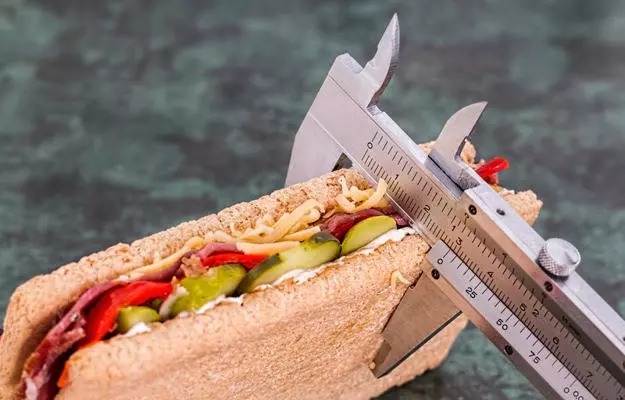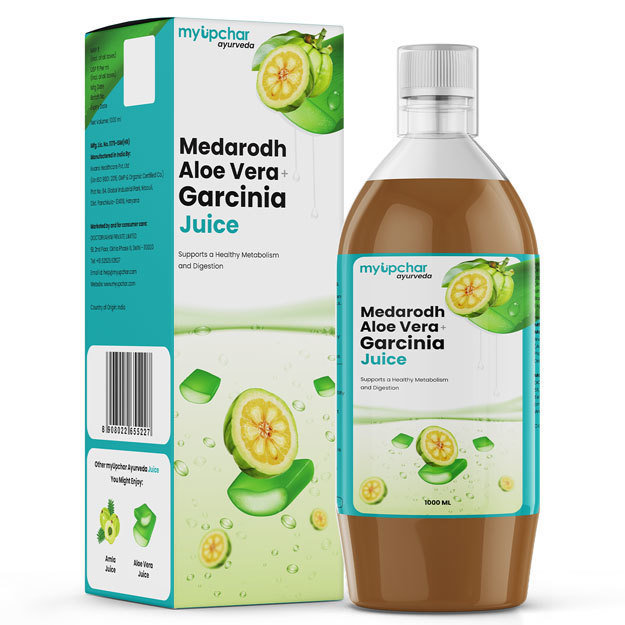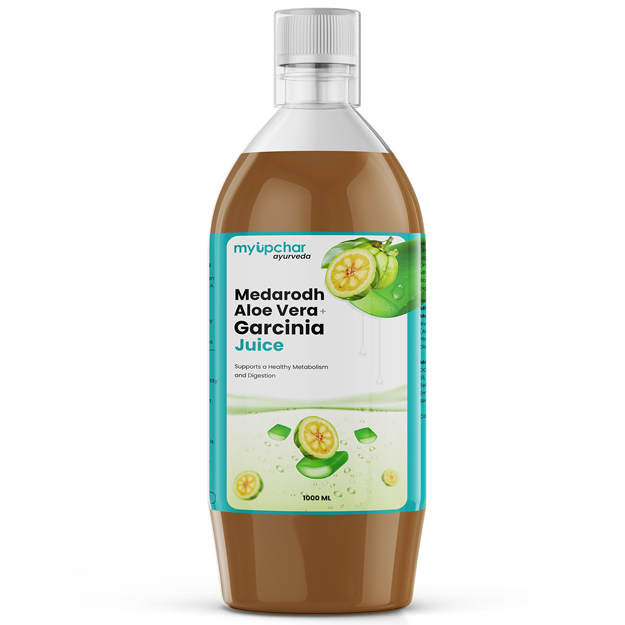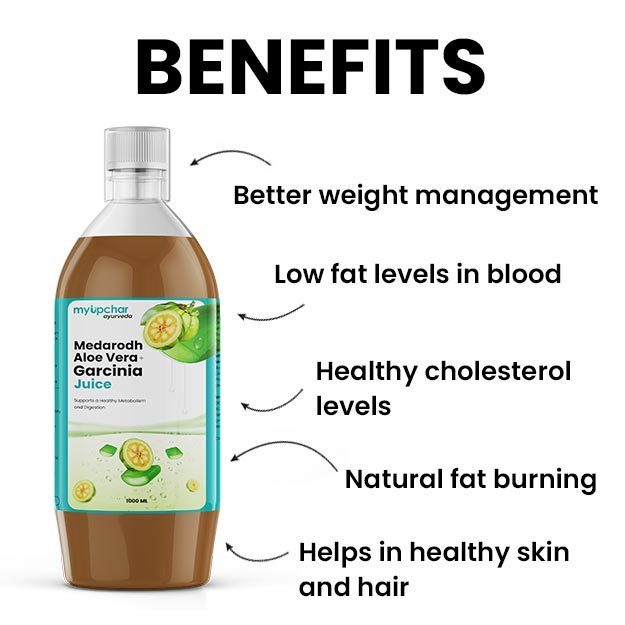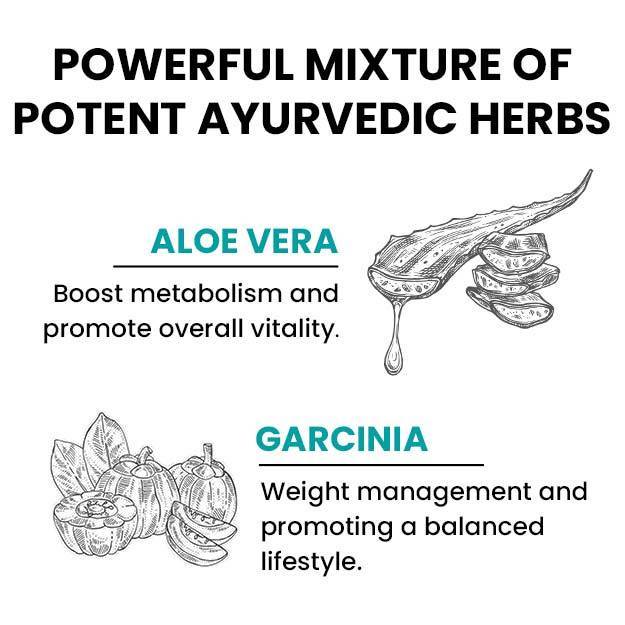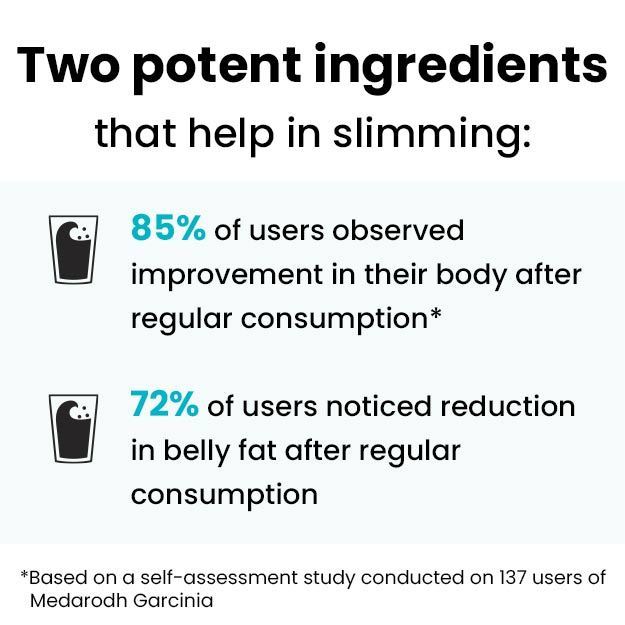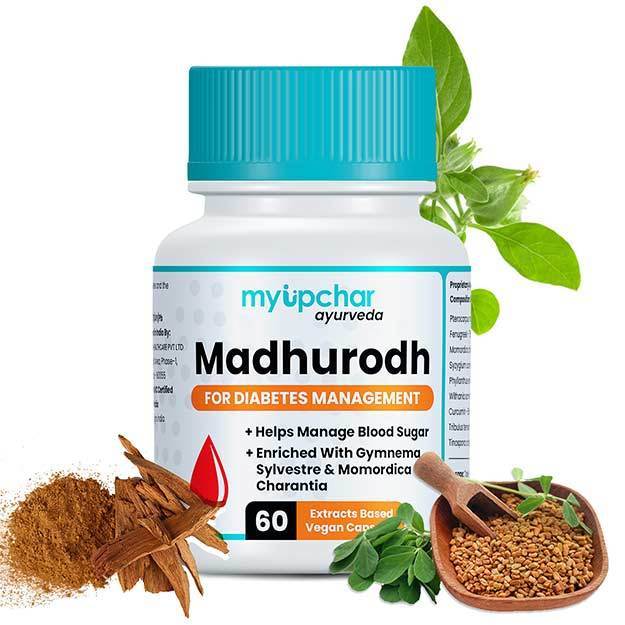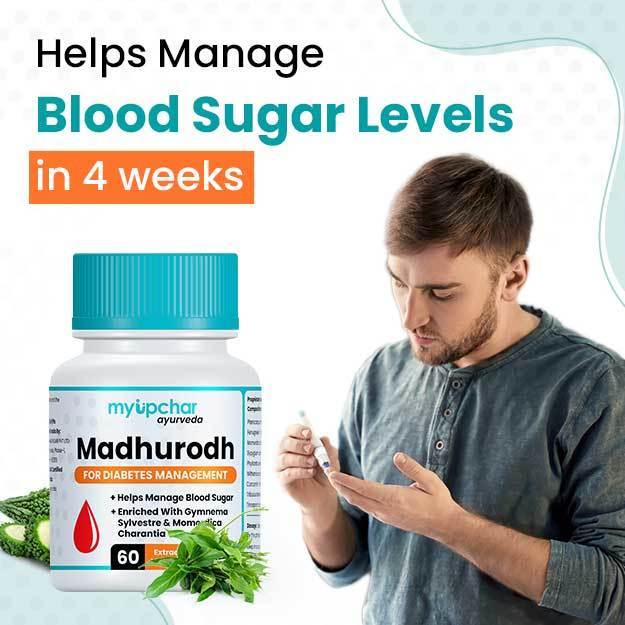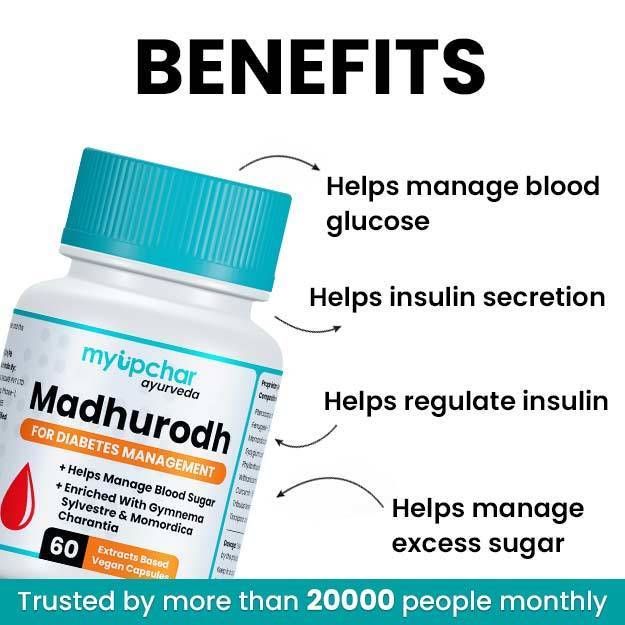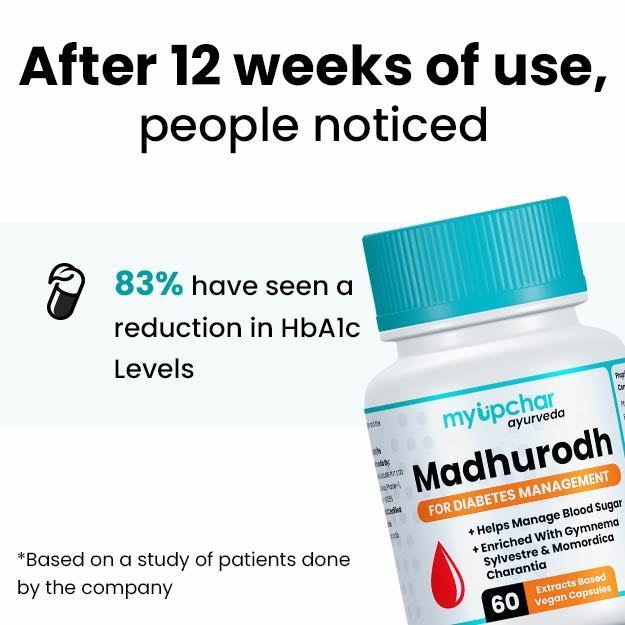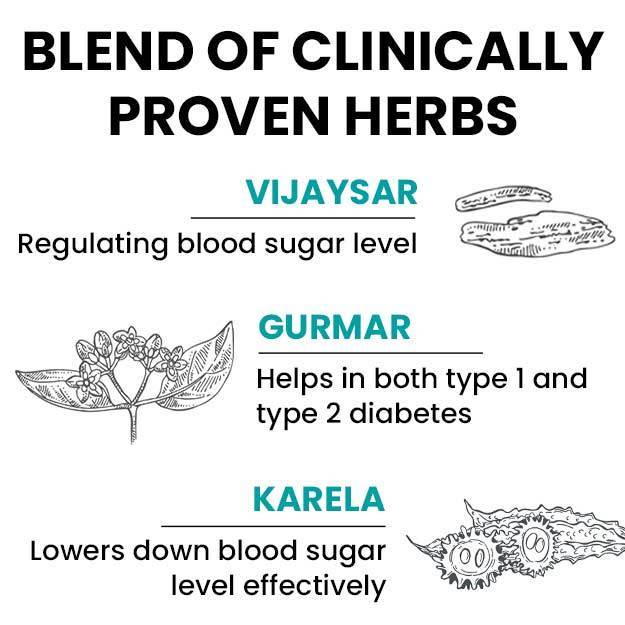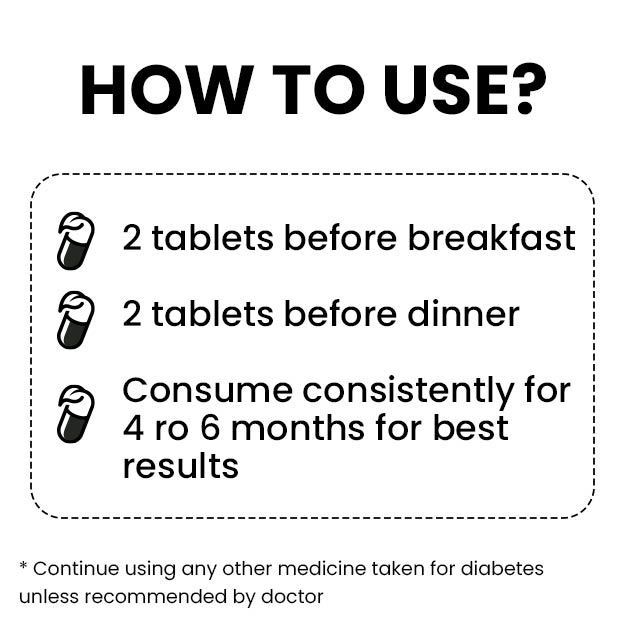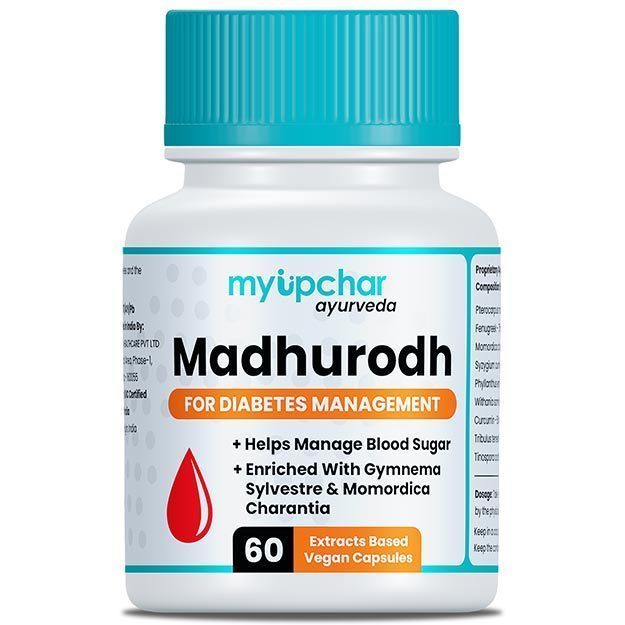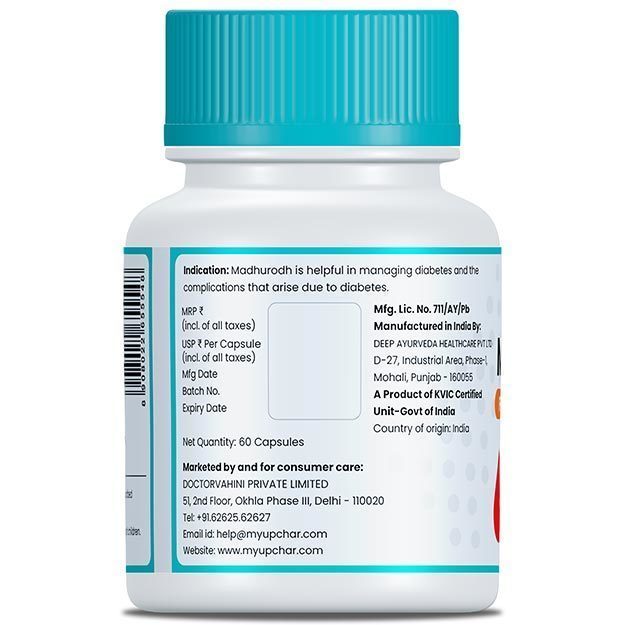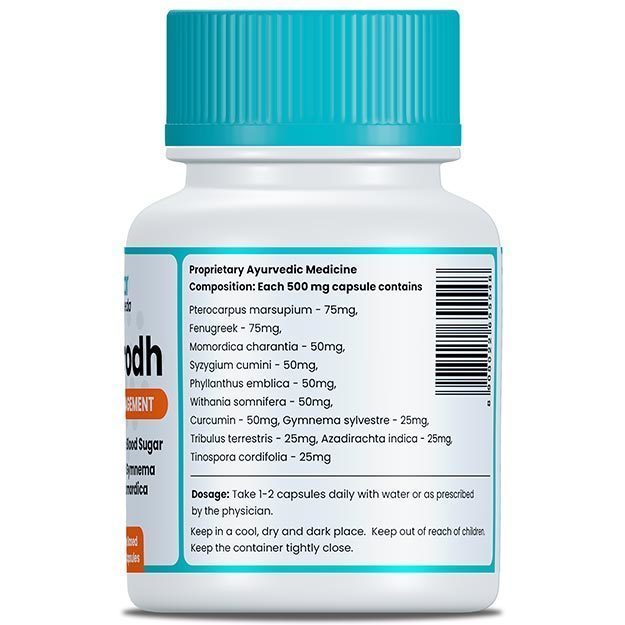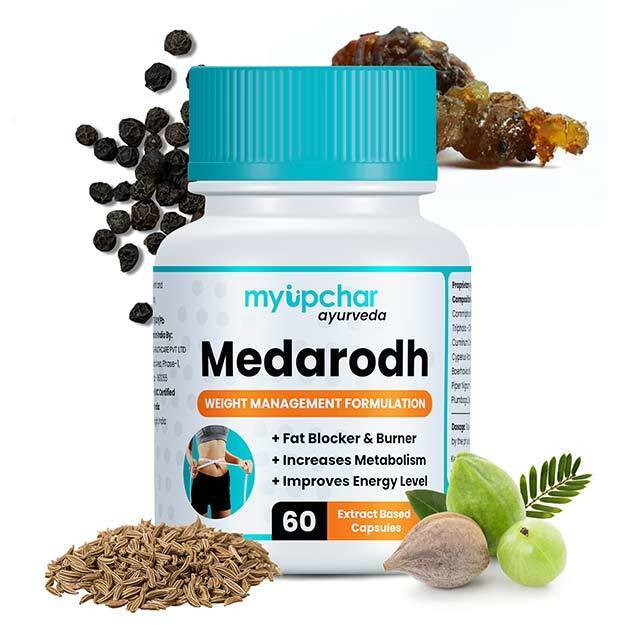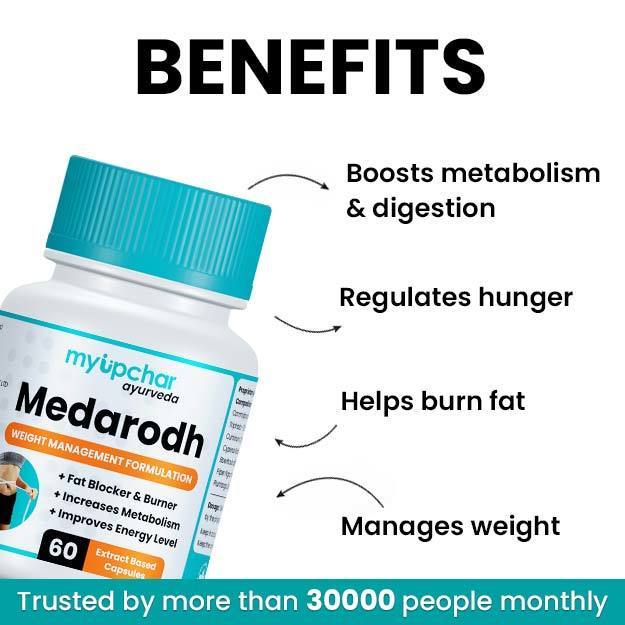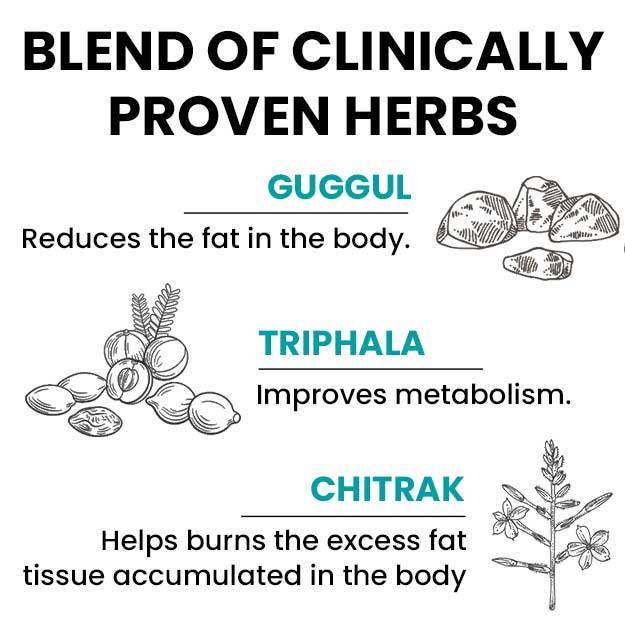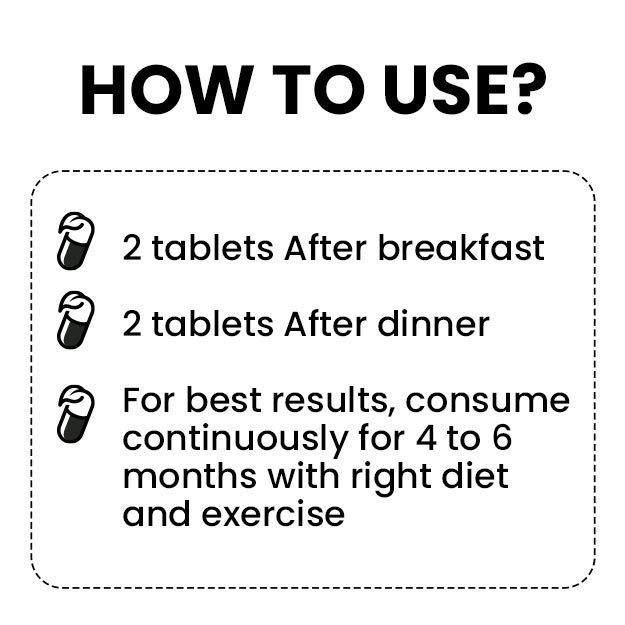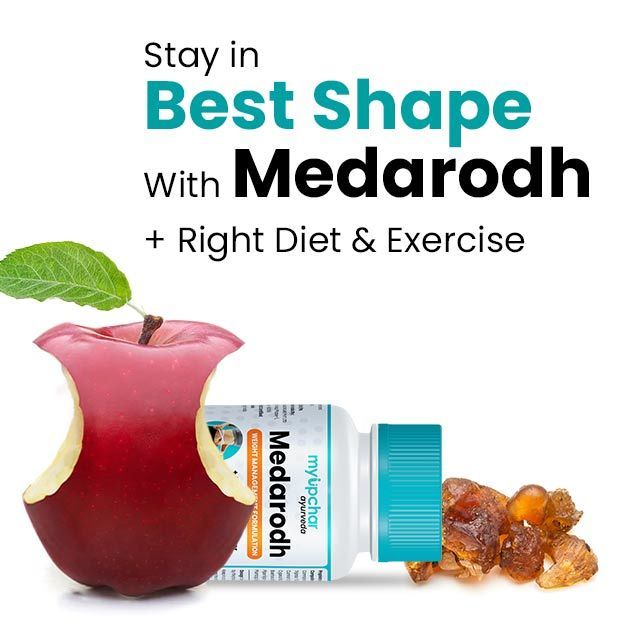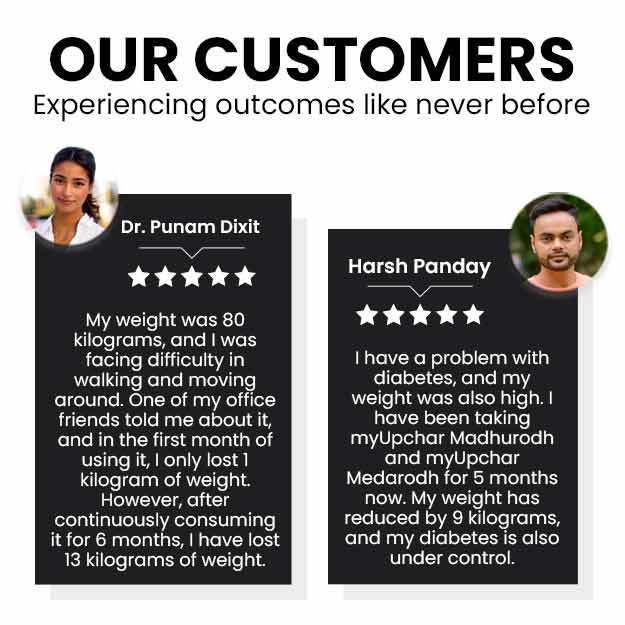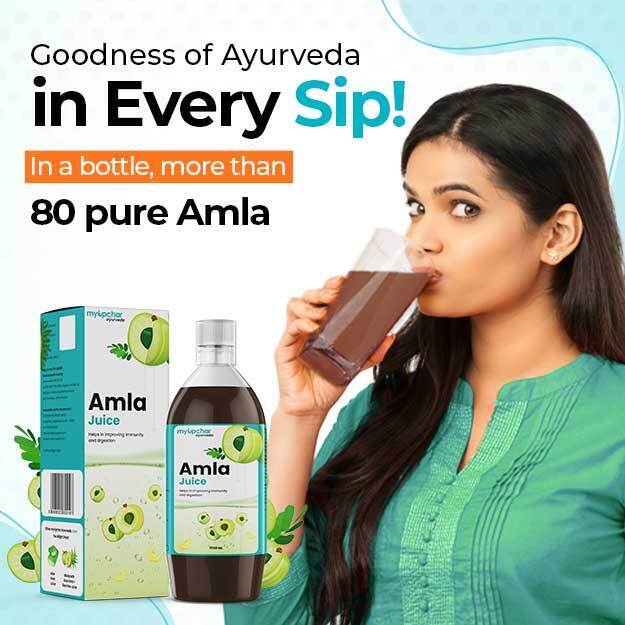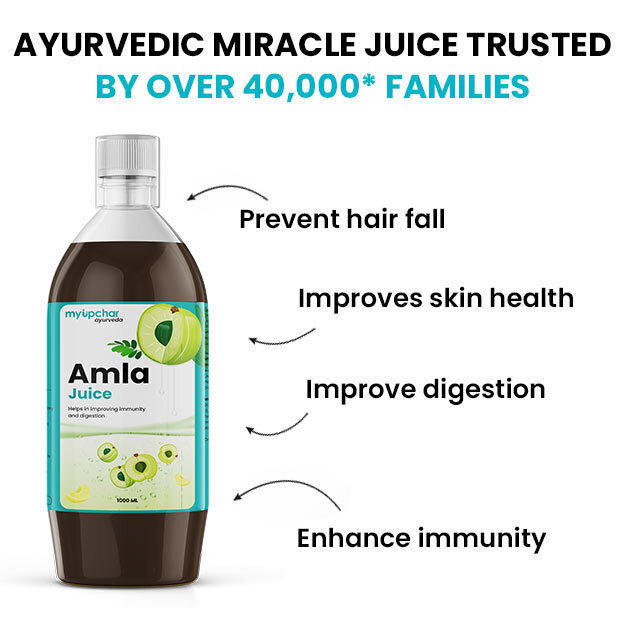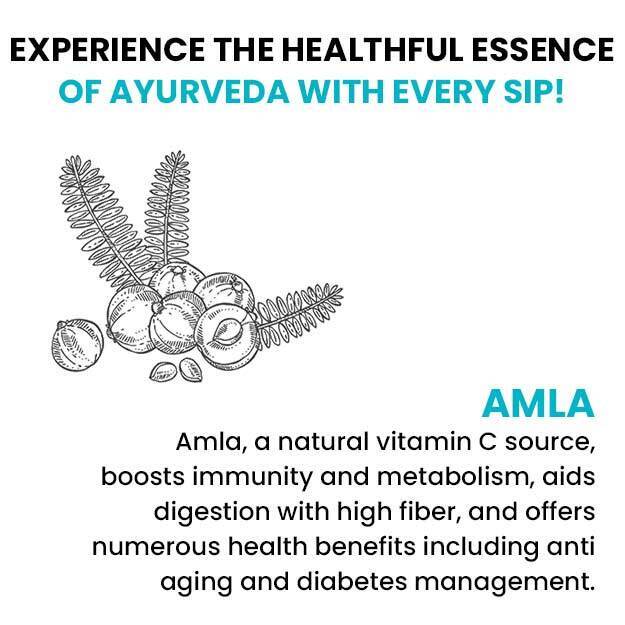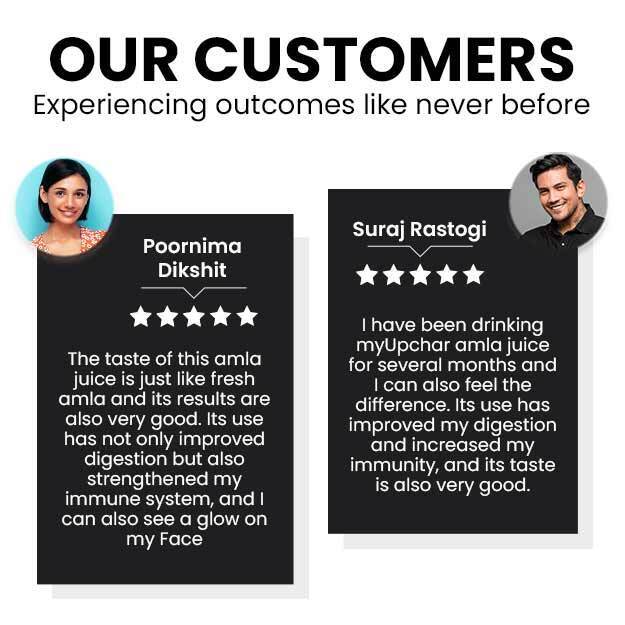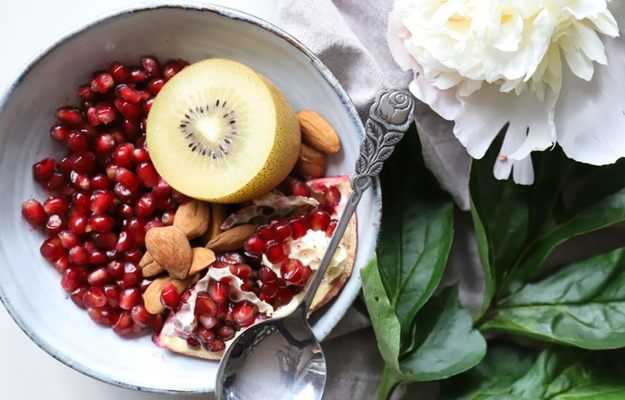Indian cuisine is known for its plentiful spices and herbs, like, turmeric, cumin, garlic, ginger, coriander and fenugreek, which find their way in most of the dishes. The Indian meal is naturally accorded with a plenty of nutrients, which makes up for a balanced diet. India, being a land of diversities, practices both vegetarianism and non-vegetarianism, each type having its unique dishes.
Please click here on the blue link to know about Ayurvedic treatment for weight loss.
A typical diet consisting of roti, lentils or chicken/meat, a variety of vegetables, curd or milk and rice along with a daily dose of fruits is enough to provide you with the right amount of carbohydrates, fats, proteins, vitamins and minerals. The Indian bread or roti is, in fact, a very rich source of dietary fibres.
When it comes to nutrition, the Indian diet is highly rewarded, but what about the calories?
Some of the commonly consumed Indian foods like puri (fried bread) or several sweets are exorbitantly high in calories. Other favourite additives like ghee or clarified butter are no less to blame when taken in excess. So, it is important to choose the right foods and be mindful of the number of calories while enjoying your everyday meals.
This article is meant to guide you on the calorie count of most of the popular Indian dishes, so, that you can maintain a healthy track.
- What are calories
- How to burn calories
- Calorie counter for Indian food
- Relation between calories and weight
- Takeaway
- Frequently asked questions
What are calories
It is essential to learn about calories before proceeding to its implications. Calories are simply a unit of energy, which is required for your daily functioning. They are present in all food items and even beverages, but the amount of calories in each food varies. Some are calorie-dense foods, which provide you with instant energy, while others are loaded with fewer calories.
Your daily calorie intake depends on your age, height, weight, gender and levels of physical activity, among the many other factors. Typically, men must consume a total of 2500 daily calories to sustain day to day activities, and women must consume 2000. This will ensure a calorie balance and will help you in sustaining a steady weight.
If you are looking for weight loss, you need to maintain a calorie deficit of around 500 calories to achieve your goals. Similarly, for weight gain, an increase in daily calories is recommended. Whatever is your goal, it is important to be mindful of the total calories you consume in a day.
How to burn calories
Calories, being a unit of energy, can not just be gained from the food, but can also be spent or burned. While eating right is a way of reducing calorie intake, there are many ways to burn it which include:
- Brisk walking- brisk walking is the simplest way of burning calories without the use of any special equipment or techniques. It burns approximately 160 to 180 calories in an hour.
- Biking or cycling- if you love riding, you will be gratified to know that an hour of cycling burns 500 to 600 calories in an hour.
- Dancing- dancing is yet another activity, which helps you burn calories quickly, while being equally interesting. An hour of dancing will help you burn 350-450 calories depending on the intensity and the form of dance.
- Cardio and resistance training- if you hit the gym, you are likely to burn over 250-350 calories in just half an hour. Sessions with weights may make you kill around a 100 calories in half an hour.
- Swimming- engaging most of your body muscles, swimming is the best activity to opt for. It helps you burn over 600-700 calories in an hour when done at a good speed.
So, whatever be your form of exercise, you have to be sure that, you are burning a fair deal of calories. Even while walking your dog or enjoying a morning stroll, calories are gradually disintegrating.
Calorie counter for Indian food
Now when you understand the importance of knowing daily calorie intake to maintain a balance, let’s have a look at the calorie content of some of the basic food items from the Indian diet.
Calorie counter: Indian vegetables
Vegetables are the main part of Indian cuisine, each one having a different set of nutritional values and possessing a distinct amount of calories. Most vegetables are healthy and provide you with a sufficient amount of vitamins and minerals. It is good to devour a variety of vegetables cooked with your favourite Indian spices. One vegetable which is recommended to be eaten in moderation is potato since it is highly starchy. Let’s have a quick look at the calorie counts of Indian vegetables.
|
Food |
Amount |
Calories per serving |
|
Mashed potato |
1 cup |
100 |
|
Fried potato |
1 cup |
200 |
|
Mixed vegetable |
1 cup |
80 |
|
Vegetable curry |
1 cup |
130 |
|
Kidney beans or rajma |
1 cup |
337 |
|
1 cup |
296 |
|
|
1 cup |
96 |
|
|
Ladyfinger (bhindi) |
1 cup |
150 |
|
Cauliflower (phool gobhi) |
1 cup |
150 |
|
Cooked corns |
1 serving |
86 |
|
I cup |
446 |
|
|
Cabbage (patta gobhi) |
1 cup |
60 |
|
Peas |
1 cup |
118 |
|
1 cup |
40 |
|
|
Beans |
1 cup |
40 |
|
1 cup |
40 |
|
|
Paneer bhurji |
1 cup |
412 |
|
Aloo saag |
1 serving |
500 |
|
Aloo gobhi |
1 serving |
330 |
|
100 gm |
16 |
|
|
Bitter gourd (karela) |
100 gm |
21 |
|
Bottle gourd (lauki) |
100 gm |
11 |
|
French beans |
100 gm |
24 |
|
Zucchini |
100 gm |
20 |
|
Ridge gourd (torai) |
100 gm |
13 |
|
Parwar |
100 gm |
24 |
|
Pumpkin (kaddu) |
100 gm |
23 |
|
Ash gourd (petha) |
100 gm |
18 |
|
100 gm |
21 |
|
|
Drumsticks (sehjan) |
100 gm |
67 |
|
Cooked fenugreek leaves (methi) |
100 gm |
34 |
|
Radish leaves (mooli ke patte) |
100 gm |
26 |
|
100 gm |
24 |
|
|
Sprouts |
100 gm |
44 |
|
Mustard leaves (sarson ka saag) |
100 gm |
30 |
|
Cottage cheese (paneer) |
100 gm |
258 |
|
Palak paneer |
1 cup |
280 |
Calorie count for fruits
Most fruits have a host of vitamins, minerals and fibres in the right amounts, and indulging in them is the healthiest thing to do. For those who have a sweet tooth, having a fruit is a healthier alternative than eating a pack of sweets. Let’s have a look at the number of calories present in different fruits.
|
Fruit |
Calories |
|
1 small apple |
62 |
|
A banana |
110 |
|
A small mango |
42 |
|
A bowl of grapes |
60 |
|
1 sweet lime (mosambi) |
27 |
|
A few litchis |
53 |
|
A bowl of melon |
23 |
|
1 small orange |
37 |
|
A bowl of pomegranate (anar) |
55 |
|
A few slices of watermelon |
20 |
|
1 small guava |
32 |
|
A bowl of cherries |
60 |
|
A bowl of strawberries |
25 |
|
A small pear |
37 |
|
1 small peach |
40 |
Calorie counter for Indian breads
Breads are a quintessential part of the Indian diet, renowned for its naans. From naan, roti, parantha, poori and chapati, Indian breads are high in carbohydrates and must be eaten in moderation. Let’s have a look at their calorie content:
|
Bread |
Number |
Calories per serving |
|
Roti |
1 |
100 |
|
Parantha |
1 |
150 |
|
Aloo parantha |
1 |
170 |
|
Bread |
1 |
45 |
|
Small puri |
1 |
75 |
|
Bhathura |
1 |
230 |
|
Naan |
1 |
262 |
|
Butter naan |
1 |
310 |
|
Kulcha |
1 |
290 |
|
Pav (unbuttered) |
1 |
180 |
Calorie counter: Beverages
Calories are present in all the foods you eat and drink. Some drinks like water veritably have no calories. When taken before meals, water is known to reduce appetite and promote satiety, as evidenced by various studies. It makes you feel fuller, allowing you to eat lesser during meals. So, having water before meals is highly recommended for those seeking weight loss.
Another beverage with no calories is green tea, which makes for an excellent substitute for your regular sweetened tea. Other drinks like soda or canned cold drinks serve no nutritional value and provide you with empty fattening calories. Let’s have a look at the calories present in common Indian beverages.
|
Beverage |
Calories per serving |
|
A glass of water |
0 |
|
10 |
|
|
Black coffee |
10 |
|
A cup of regular tea with milk and sugar |
45 |
|
A cup of cappuccino |
45 |
|
A cup of plain milk |
60 |
|
A cup of milk with sugar |
75 |
|
Milk with added flavours |
120 |
|
A cup of fruit juice |
120 |
|
A bottle of cold drink (any) |
90 |
|
Bottled beer |
200 |
|
Soda bottle |
10 |
|
1 serving of alcohol |
75 |
|
A glass of milkshake |
200 |
|
A cup of coconut water |
15 |
|
A bowl of soup |
75 |
Calories in Indian foods
As Indians, we enjoy a variety of local foods and international cuisines, which is not just limited to the conventional roti sabzi. A lot of herbs and spices are also a part of our cuisine. Let’s see how many calories do these foods contain.
|
Food item |
Quantity |
Calories |
|
Boiled rice |
1 cup |
120 |
|
Fried rice |
1 cup |
150 |
|
Vegetable biryani |
1 plate |
200 |
|
Buckwheat (dalia) |
1 cup |
150 |
|
Sweet dalia with milk |
1 cup |
150 |
|
Breakfast cereal or oats with milk |
1 cup |
150 |
|
Papad |
1 |
45 |
|
Salad |
1 plate |
100 |
|
Pickles |
1 spoon |
30 |
|
Sambhar |
1 cup |
150 |
|
Idli |
1 |
100 |
|
Plain dosa |
1 |
120 |
|
Masala dosa |
1 |
250 |
|
Kadhi |
1 cup |
150 |
|
Curd |
1 cup |
100 |
|
Any lentils (dal) |
1 cup |
150 |
|
Vermicelli (sewai) |
100 gm |
333 |
|
100 gm |
334 |
|
|
100 gm |
347 |
|
|
100 gm |
320 |
|
|
100 gm |
328 |
|
|
1 |
33 |
|
|
Radish |
1 |
32 |
|
Garlic |
100 grams |
149 |
|
Sugar |
1 spoon |
30 |
|
Raita |
1 serving |
20 |
|
Tofu |
100 gram |
76 |
Calorie counter for Indian snacks
Snacking is an important part of the diet, and a major determinant of health. Healthy snacking, like eating a handful of nuts, is recommended to prevent prolonged gaps between meals, whereas unhealthy snacking and sweets are a major cause of weight gain. Here is a list of some of the common snack items.
|
Food item |
Quantity |
Total calories |
|
100 gram |
602 |
|
|
100 gram |
582 |
|
|
100 gram |
539 |
|
|
Coconut |
100 gram |
409 |
|
500 gram |
520 |
|
|
Flax seeds (alsi) |
500 gram |
534 |
|
Fruit cake |
1 piece |
75 |
|
Chocolate cake |
1 piece |
225 |
|
Plain cake |
1 piece |
135 |
|
Biscuit |
1 |
30 |
|
Besan barfi |
1 piece |
220 |
|
Carrot halwa |
1 bowl |
165 |
|
Kheer |
1 bowl |
180 |
|
Rasgulla |
1 |
140 |
|
Jalebi |
20 gram |
100 |
|
Bread with jam |
1 |
120 |
|
Sandwich |
1 |
250 |
|
Burger |
1 |
250 |
|
Pakodas |
50 gram |
175 |
|
Samosa |
1 |
140 |
|
Vada |
1 |
70 |
|
Fried rice |
1 plate |
450 |
|
Noodles |
1 plate |
450 |
|
Indian sweets |
1 piece |
150 |
|
Fried nuts |
1 cup |
300 |
|
Pudding |
1 cup |
200 |
|
Jam |
1 spoon |
30 |
|
Bhel puri |
1 serving |
150 |
|
Pani puri |
1 serving |
150 |
|
Chips |
1 packet |
120 |
|
Cutlet |
1 |
75 |
|
Bread butter |
1 |
90 |
|
Halwa |
1 serving |
380 |
|
French fries |
1 serving |
427 |
|
Namkeen |
1 bowl |
500 |
|
Pav bhaji |
1 plate |
610 |
|
Falooda |
1 glass |
300 |
|
Chhole bhathure |
1 plate |
450 |
Calorie counter for animal foods
Animal products like milk and ghee are an invariable part of the Indian diet. Others like meat, chicken and fish are also consumed widely. It is good to include animal products in moderation for a healthy weight. Here is a guide on the calories present in animal foods.
|
Food item |
Quantity |
Calories contained |
|
Whole milk |
1 cup |
150 |
|
Butter |
1 tablespoon |
45 |
|
Ghee |
1 tablespoon |
45 |
|
Egg |
1 |
75 |
|
Chicken curry |
1 serving |
225 |
|
Fried fish |
1 serving |
140 |
|
Mutton biryani |
1 cup |
225 |
|
Cream |
50 gram |
105 |
|
Cheese |
50 gram |
155 |
|
Butter chicken |
1 serving |
490 |
|
Chicken tikka masala |
1 serving |
457 |
|
Khoya |
100 gram |
315 |
|
Cooked chicken |
100 gram |
200 |
|
Cooked pork |
100 gram |
230 |
|
Salmon fish |
100 gram |
172 |
|
Pomfret |
100 gram |
123 |
|
Silverfish |
100 gram |
132 |
|
Oyster |
100 gram |
62 |
|
Crab |
100 gram |
81 |
|
Prawns |
100 gram |
65 |
|
Squid |
100 gram |
80 |
|
Meat |
1 plate |
450 |
|
Fried chicken |
1 serving |
200 |
|
Boiled egg |
1 |
80 |
|
Scrambled egg |
1 |
80 |
|
Fried egg |
1 |
110 |
|
Omelette |
1 |
120 |
|
Tandoori chicken |
1 serving |
260 |
Relation between calories and weight
The relation between calories and weight is critically affected by several variables. The ratio of calories generally determines whether we gain weight or lose weight. If someone wants to lose or gain weight here is some information you should retain in your mind -
Weight loss
Weight loss occurs when someone burns more calories than they intake. If you want to lose weight then it is more important to maintain physical activity with your calorie count. Fewer calories in your body will make you sick. NCBI (National Center for Biotechnology Information) published research in 2022 on its site. In this research, it has been claimed that calorie restriction is beneficial in reducing weight compared to dieting.
While, according to a 2018 published article in journal papers when calories are restricted too much metabolism slows down and hormones shift to preserve energy and prevent weight loss. So, during our weight loss journey, we should always keep in mind to take the right amount of mindful food, portion control, hydration, and a good sleep schedule (7-8 hours of sleep).
Weight gain
Weight gain seems more difficult than weight loss because during weight loss some physical activities with diet are sufficient. When you want to gain weight it's not about looking fat or heavy. But looking fit and attractive. So to look fit, muscle gain is necessary and for a muscular body we need to take care of our calorie count, six to seven portions of food, lifting weight, or food rich in protein and nutrients.
Takeaway
The amount of energy in food and drink is measured in calories. In day-to-day life, counting calories is necessary to maintain a healthy lifestyle. If someone wants to lose weight or gain weight you should check the calorie present in our food. If you are not using a calorie counter you can read this article to check your calories like fruits, vegetables, carbohydrates, and dairy products. With this, some physical activity is also important like yoga, gym, dance, swimming, etc.
Frequently asked questions
How many calories do I need to burn to lose a pound of weight?
You just need to burn at least 3500 calories you take in to lose 1 pound. This translates to a calorie burn of 500 to lose per day in 1 pound in a week and the same as 1000 calories in two weeks.
I would like to gain weight. How can I healthily do this?
This completely depends on how many calories you are taking in a day and how many calories your body burns in a day. If you are burning fewer calories and intake more surely, you will gain weight.
How can I get enough nutrients without consuming too many calories?
You just need to add good sources of proteins, carbohydrates, or nutrients like fruits, vegetables, grains, dairy products, etc.
Doctors for Calorie chart for Indian food

Dr. Dhanamjaya D
Nutritionist
16 Years of Experience

Dt. Surbhi Upadhyay
Nutritionist
3 Years of Experience

Dt. Manjari Purwar
Nutritionist
11 Years of Experience

Dt. Akanksha Mishra
Nutritionist
8 Years of Experience
References
- Office of Disease Prevention and Health Promotion. Chapter 5. A Calorie Is a Calorie, or Is It?. [Internet]
- National Health Service [Internet]. UK; What should my daily intake of calories be?.
- National Health Portal [Internet] India; Healthy Diet
- Office of Disease Prevention and Health Promotion. Table of Contents. [Internet]
- Office of Disease Prevention and Health Promotion. Appendix 2. Estimated Calorie Needs per Day, by Age, Sex, and Physical Activity Level. [Internet]
- United States Department of Agriculture Agricultural Research Service. HOW MANY CALORIES DOES PHYSICAL ACTIVITY USE (BURN)?. National Nutrient Database for Standard Reference Legacy Release [Internet]
- Center for Disease Control and Prevention [internet], Atlanta (GA): US Department of Health and Human Services; How to Use Fruits and Vegetables to Help Manage Your Weight

